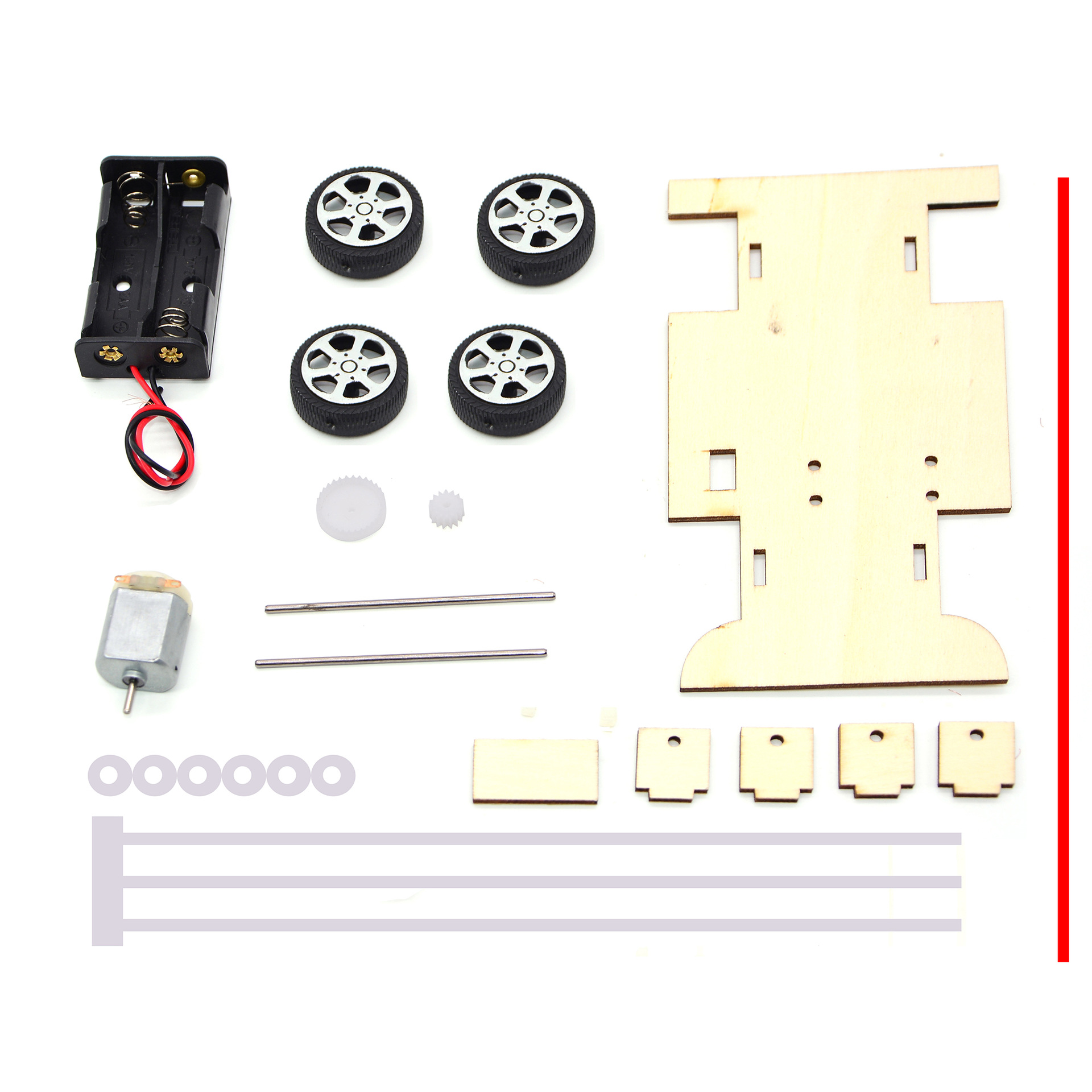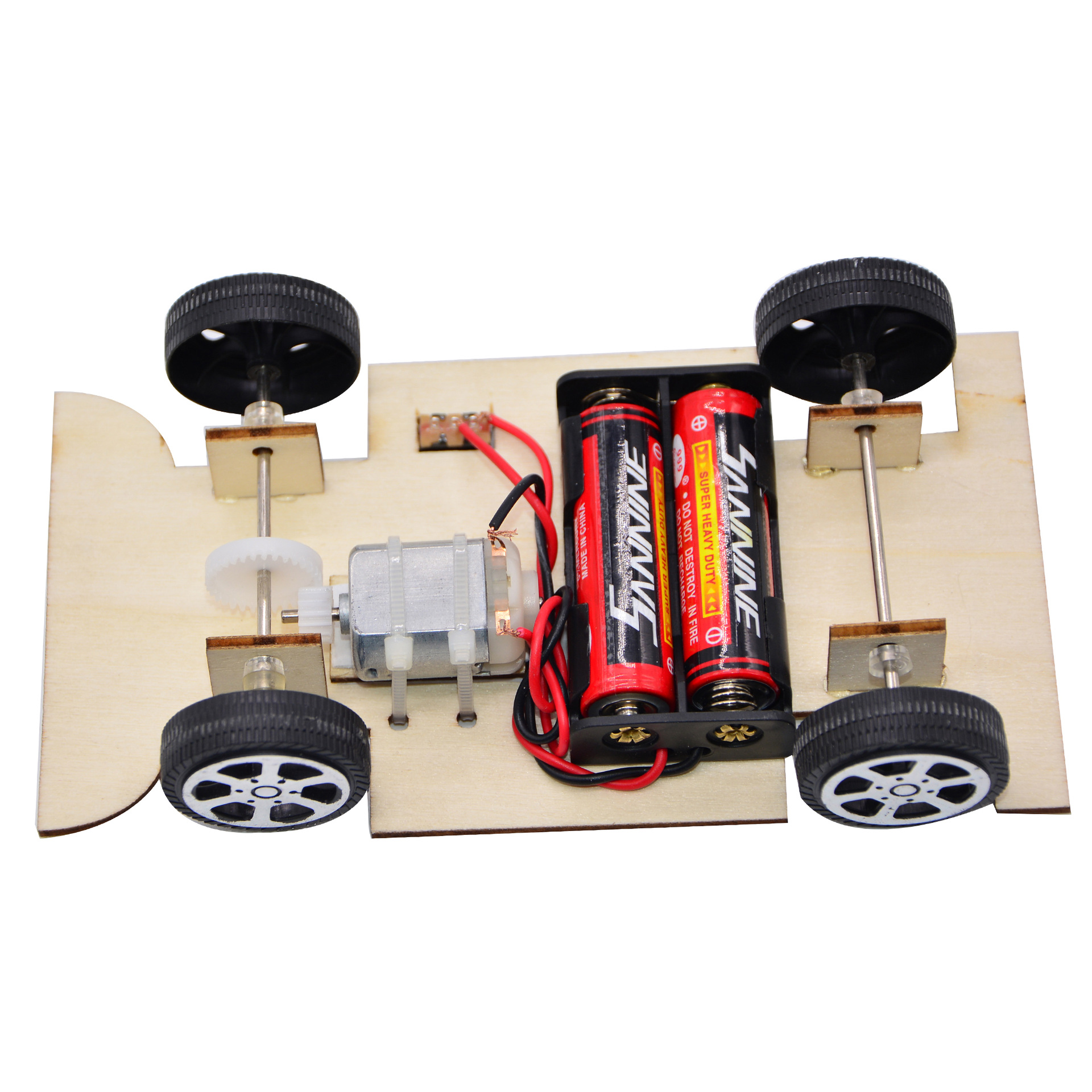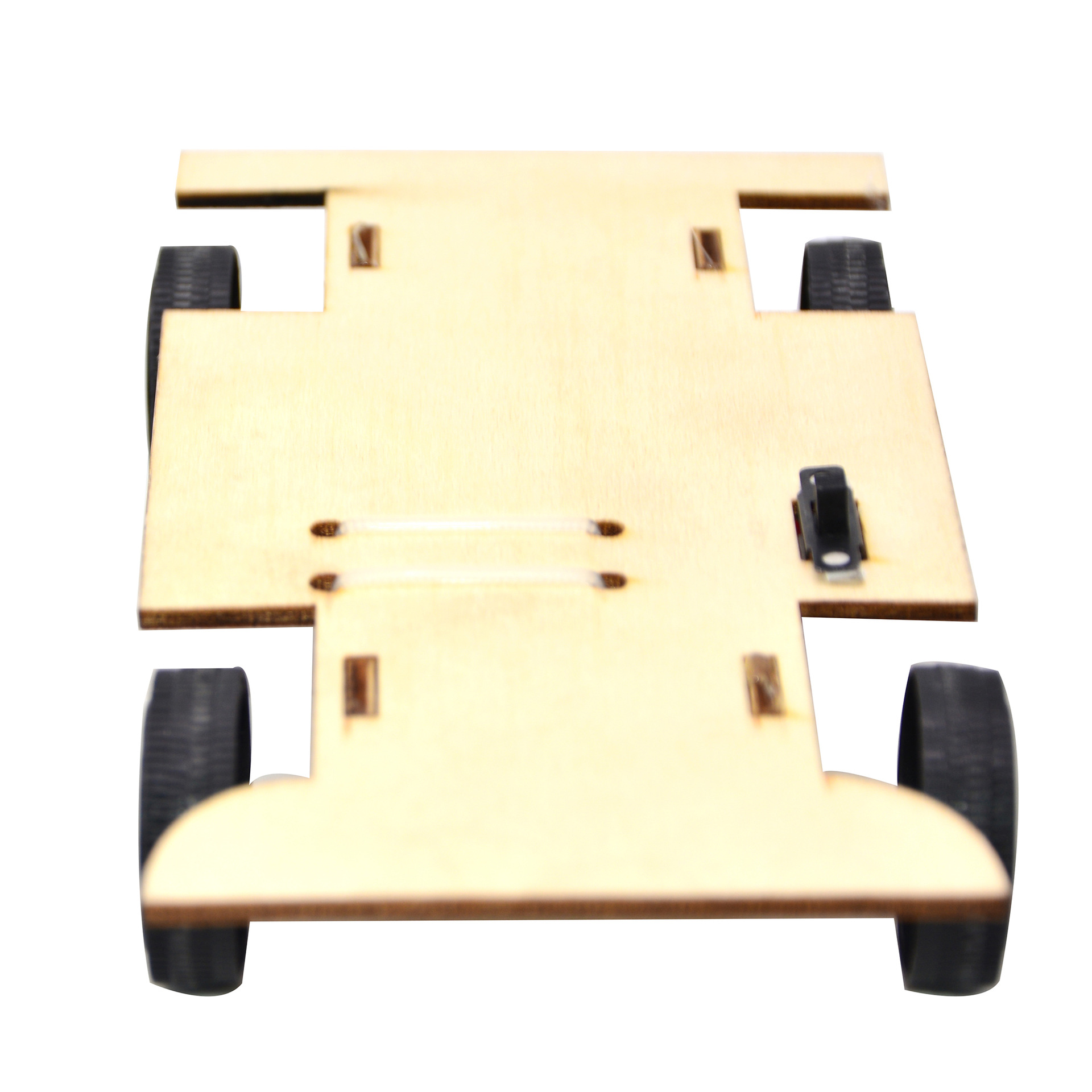
Search history
Clear allSearch by image
XDrag and drop an image here or upload an image
Max 5MB per image
UploadSign In | Join

Search history
Clear allSearch by image
XDrag and drop an image here or upload an image
Max 5MB per image
UploadSign In | Join
X Email Mobile
| Number | Unit-price | Total | |||
| I want to buy: | × | 5.5 | = | 0 |
A new item has been added to your Shopping Cart. You now have items in your Shopping Cart.
Name: DIY Electric Car
Product Code: KX1351
Size: 14.7*2.5*7.8
Gross weight: 55g
Box Specification: 60*50*55CM
Quantity: 300 pieces
Vehicles have played an extremely important role in the history of human progress. The materials of prehistoric car include three categories: actual objects, models (ceramic and bronze), and patterns (including rock paintings). Currently, the earliest cars in the world appeared in the Middle East and Europe. In the Tigris-Euphrates River basin of the Middle East, the Sumerians entered the era of civilization during the Uruk culture period. On clay tablets from the Uruk culture period, pictographic characters representing cars were found. From these characters, it can be seen that the cars were four-wheeled at that time. In 1974, a chalk wheel model was discovered in Yabrud Aruda, Syria, with a diameter of 8 centimeters and a thickness of about 3 centimeters. Its age also corresponds to the Uruk culture period. The wheels have prominent hubcaps on both sides. From the entire model, it should be a model of a wheel, which is also the earliest wheel model in the Middle East. This model is now housed in the Archaeological Museum of Aleppo, Syria. In addition, a clay wheel model was also unearthed in the eastern part of Turkey, with a diameter of about 7.5 centimeters, corresponding to the Uruk culture period. The wheels also have prominent hubcaps on both sides.
Science Project:
1. Recognize and prepare the necessary materials for the experiment.
Step 2: Install according to the instructions in the manual.
3, Install and debug.
Scientific Principles:
The principle of converting simple electrical energy into mechanical energy.
The battery sends electricity to the small motor, which then rotates the wheels to propel the car forward.
The internationally recognized inventor of the automobile is the German Karl Friedrich Benz. Karl Benz (1844-1929), born into a family of artisans in the western German city of Karlsruhe, lost his father, a train driver, in an accident just before his birth. As a result, Benz's childhood was marked by hardship. In 1860, at his mother's insistence, Benz enrolled in the Karlsruhe Polytechnic School, where he was greatly influenced by the "capital invention" theory of two teachers. At the school, Benz studied subjects such as mechanical construction, mechanical principles, engine manufacturing, and mechanical manufacturing economics, which laid a solid foundation for his future career.





Update time:
TOP